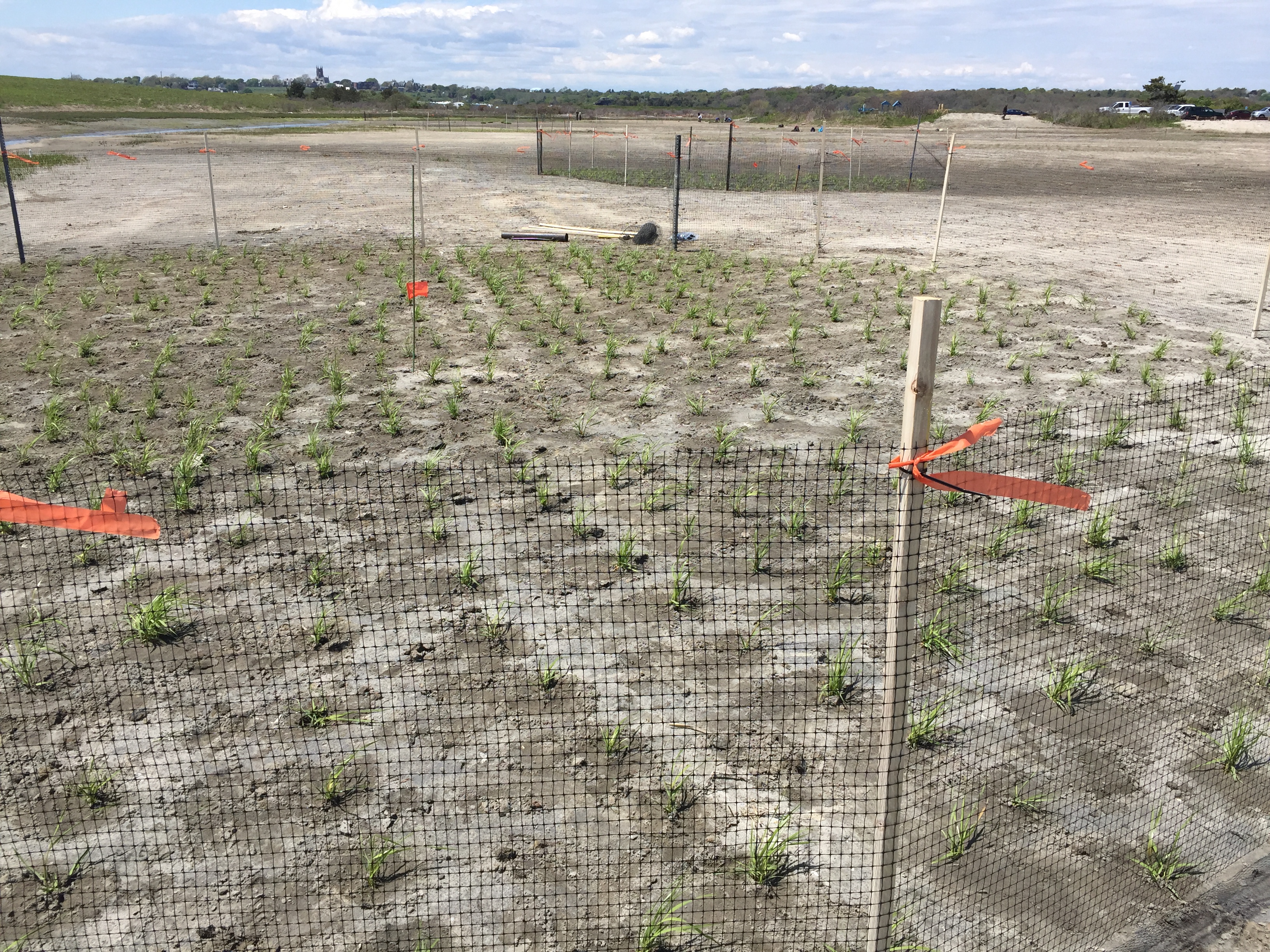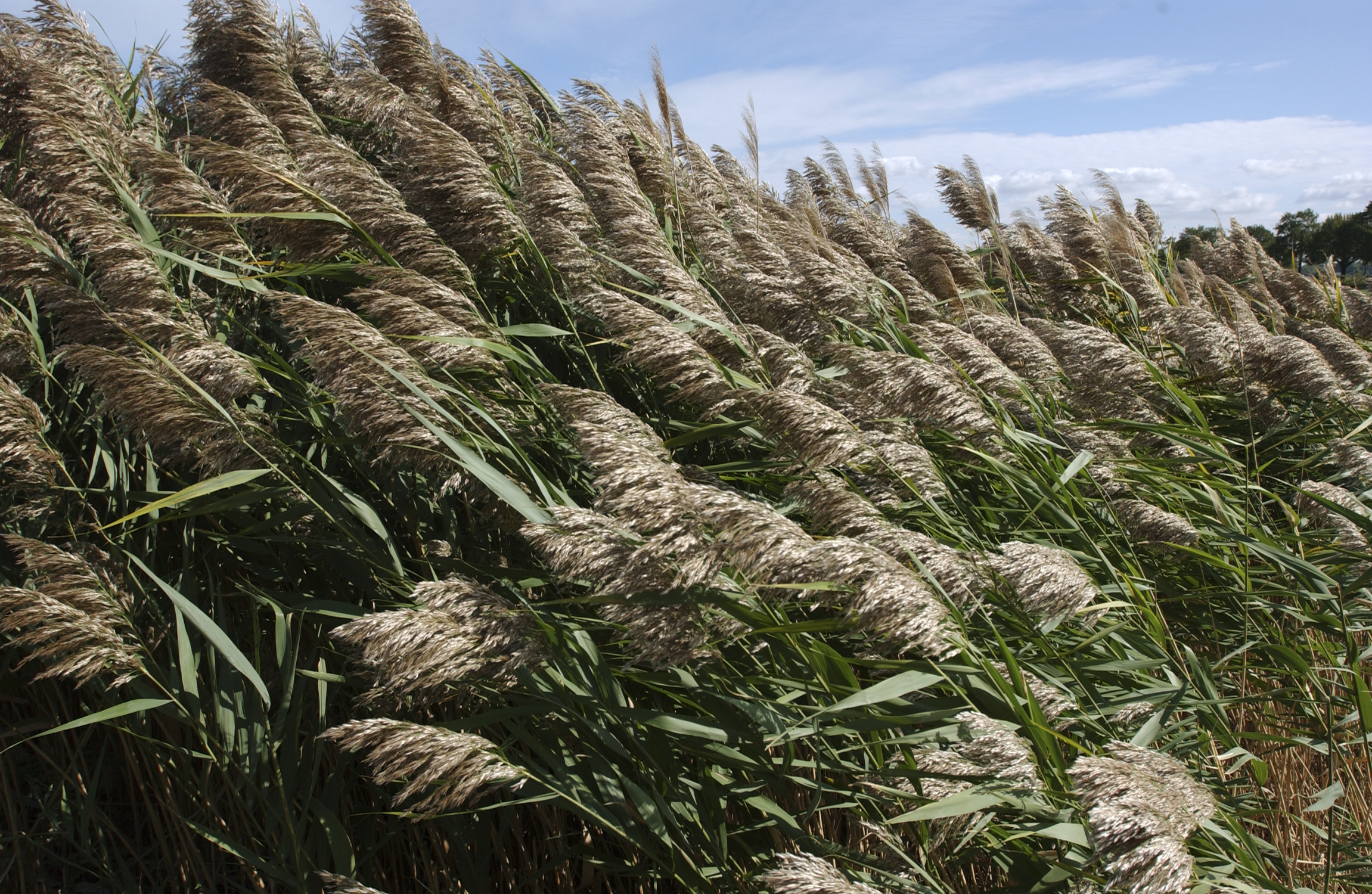Plant Microbe interactions
The interactions between plants and their microorgansms are thought to be important both for plant health and also for ecosystem function but there is a tremendous amount that we do not know regarding how different plant species and even how different genotypes within the same species interact with and alter the associated soil rhizosphere microbiome. In collaboration with plant biologists and ecologists we are pursuing research in several different areas examining questions of how plant microbe interactions facilitate success of invasive plants, how they might promote range expansions, and how these interactions form and develop over the life cycle of the plant.
 |
We are using a brand new marsh restoration project to test hypotheses about plant microbe interactions. What sets this restoration research opportunity apart is the nature of the marsh restoration. Unlike almost all other restorations in the Northeastern US in which tidal flow is restored or the elevation of the marsh is lowered to combat invasive Phragmites australis, in the restoration of the Sachuest Marsh (part of the US Fish and Wildlife Service Rhode Island National Wildlife Refuge, funded by the Hurricane Sandy Resiliency Project) the restoration practitioners are actually raising the elevation of the marsh to combat losses due to sea level rise. To this end they have recently deposited upwards of 14,000 cubic yards of quarry sand on the surface of the marsh in several different locations. This quarry sand is essentially naïve to the role of plants but the restoration team planted seedlings of the perennial marsh grass Spartina alterniflora from a genetically diverse nursery stock across large areas of the marsh . Thus, this system serves as an excellent canvas upon which to answer two critical questions regarding the interplay among S. alterniflora genetics, microbial community structure and function, and plant fitness. This work is being done in collaboration with Katie Lotterhos and Randall Hughes. |
 |
Plant-soil feedbacks occurring in the rhizosphere, the region of soil immediately adjacent to plant roots, create microhabitats through physical structure and provide plant-specific organic substrates resulting in rhizosphere microbial communities that exhibit plant species specificity. These feedbacks are highly localized and they matter to all plants because positive and negative interactions with the rhizosphere microbial community play a critical role in plant fitness. Plant-soil feedbacks are particularly important to the success of introduced invasive plants due to escape from antagonists in their native range, initial inhibition of local pathogens, or the formation of new mutualisms in the new range. Phragmites australis is a common invasive reed in North America that demonstrates high intraspecific genetic and genomic diversity. However, an understanding of the role plant-soil feedbacks play in the fitness of invasive plants is lacking, in particular, how intraspecific (genotype) variation in plant-soil feedbacks promotes or inhibits invasion. In collaboration with Laura Meyerson and others we are using a combination of field and greenhouse studies to examine the interaction between Phragmites australis and the microbes inhabiting the plant rhizosphere. |